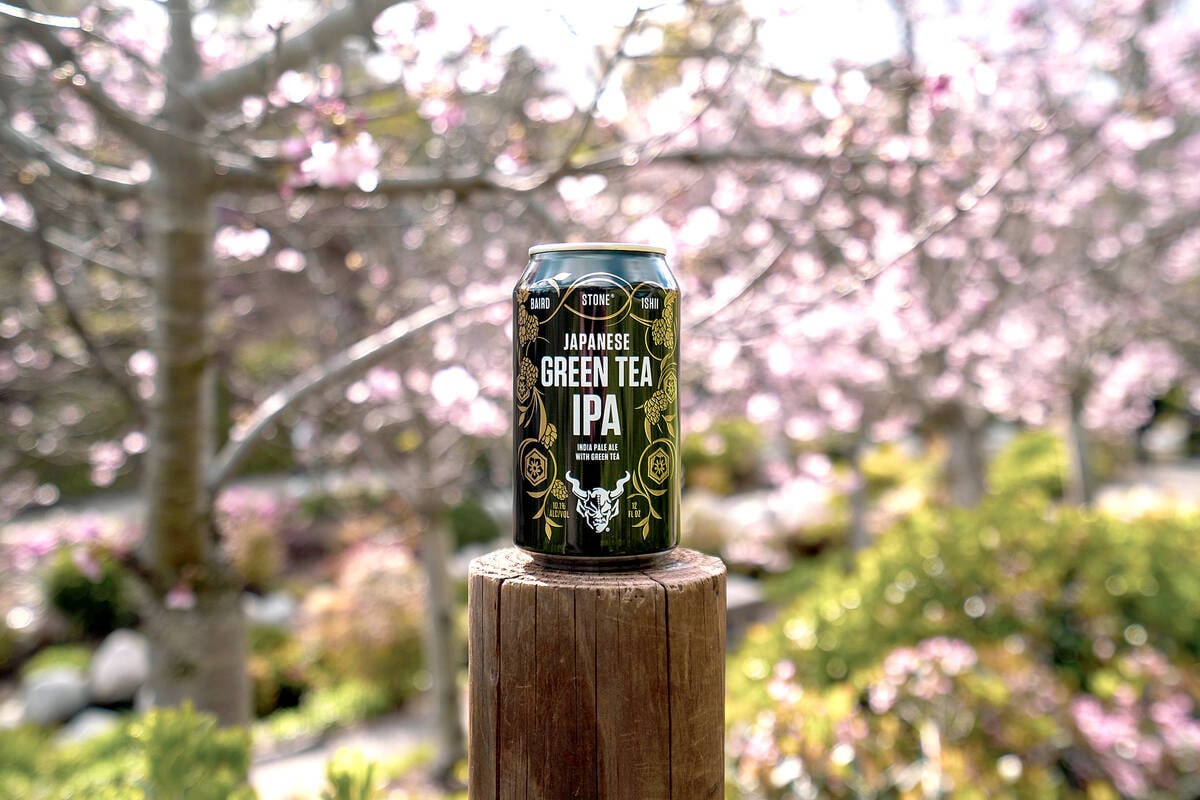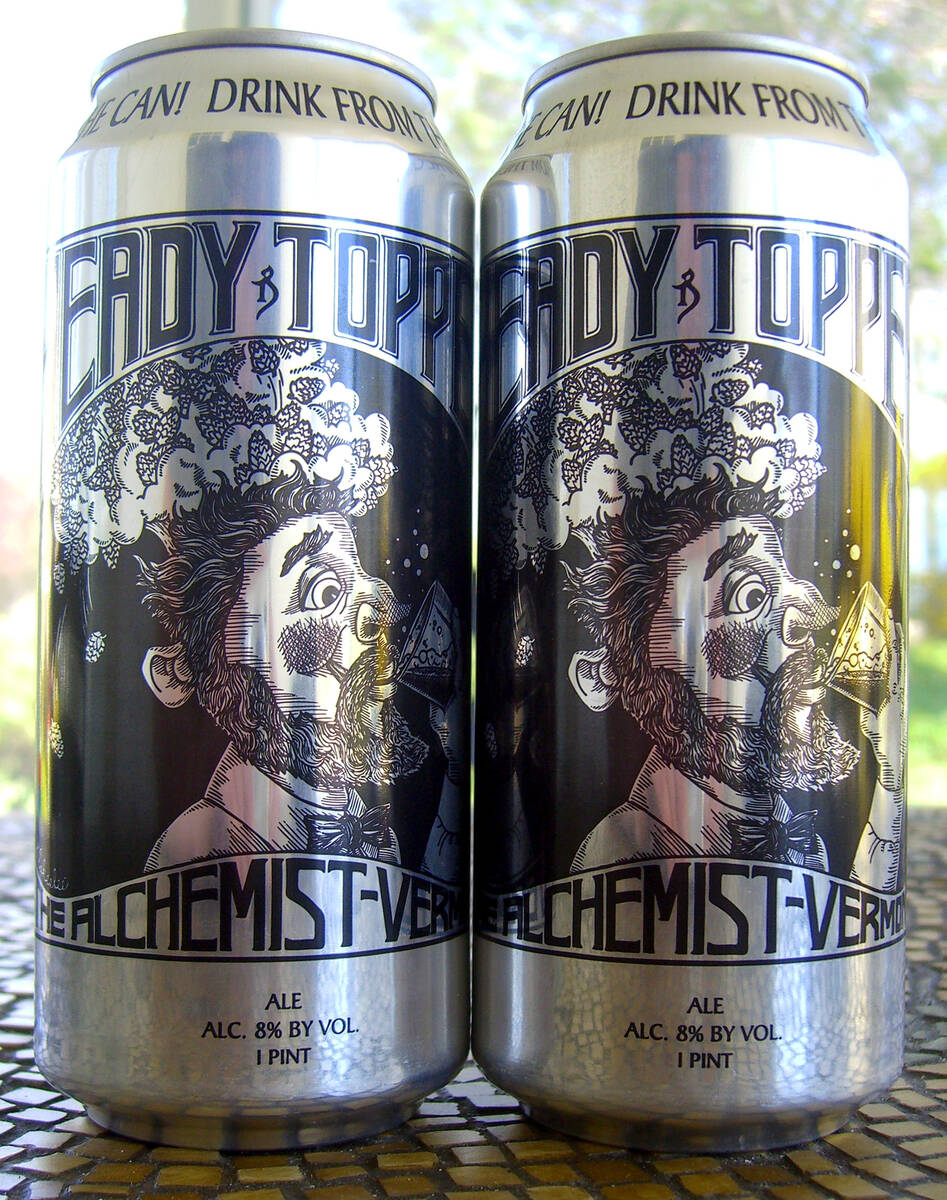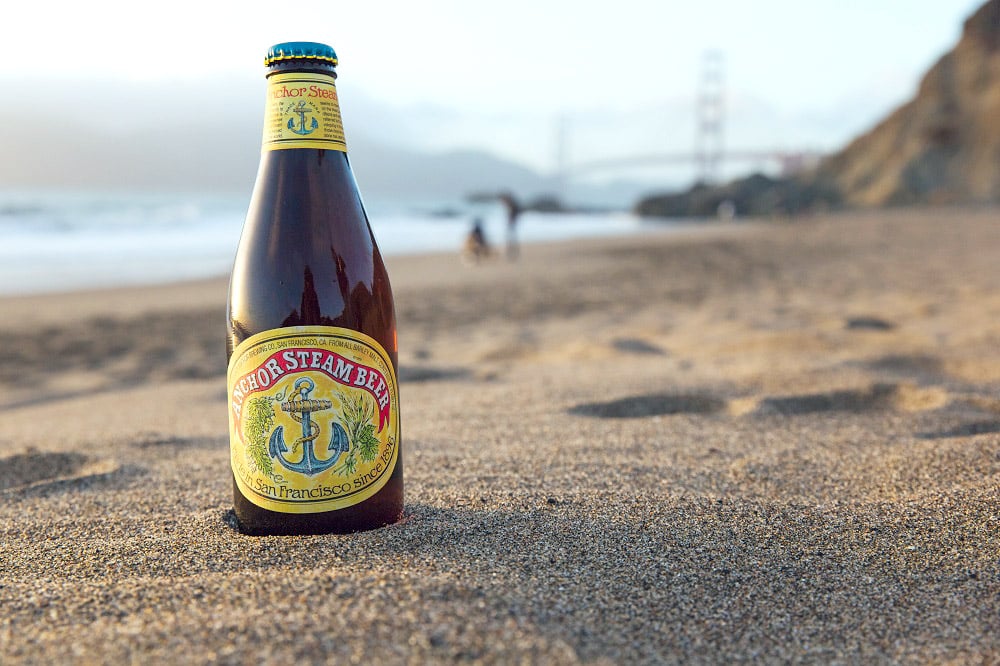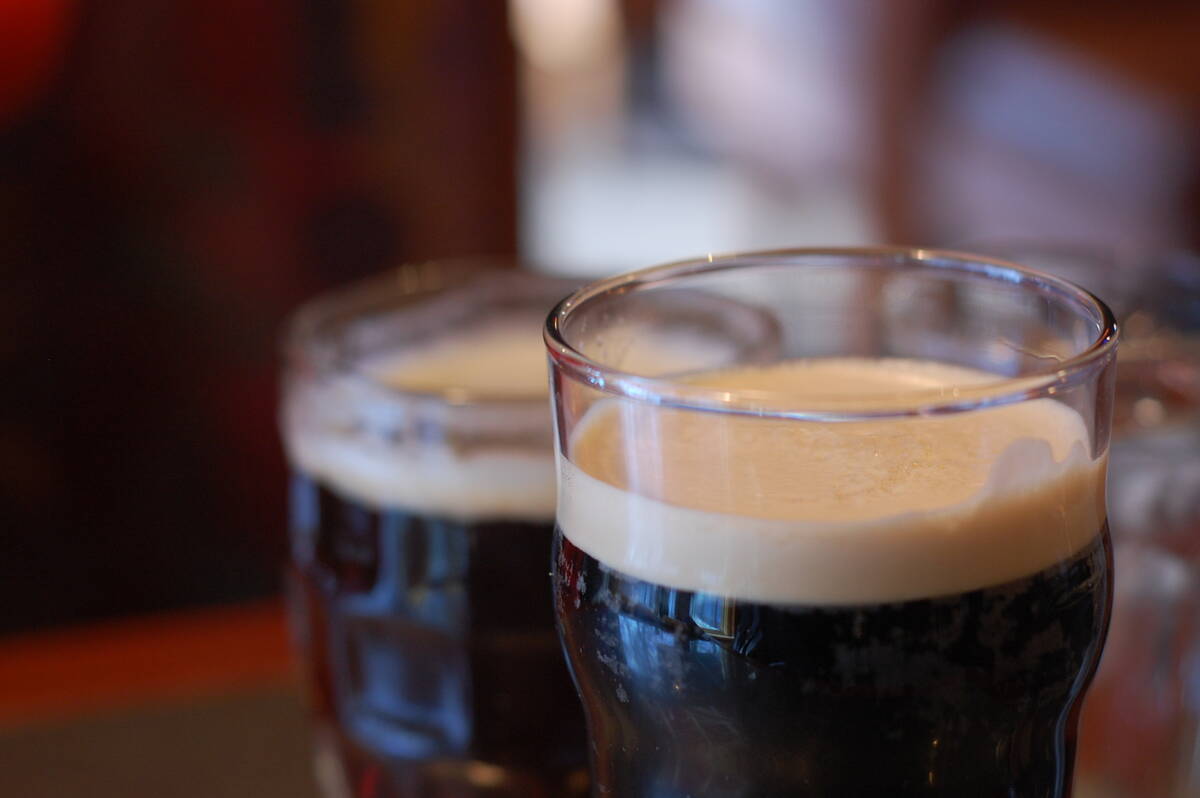Start 14-Day Trial Subscription
*No credit card required

The Naming of Beer Styles
As craft beer continues to get more saturated with fascinating and intriguing style experiments, this story explains the way marketing and trends can affect how a beer style gets its name.
Thousands of years ago, human history popped the lid off of one of the greatest discoveries––beer. But despite its ancient origins, the tidy categorization of beer styles is a fairly modern concept. Now, with the rapid expansion of the craft beer industry, the guidelines of what makes a specific style can get hazy––both literally and figuratively.
What is a Style of Beer?
Using modern categories, there are three types of beer––top-fermenting ales, bottom-fermenting lagers and the mysterious-sounding “spontaneously” fermenting ales. But these simplistic groupings only satisfy a non-imbibing researcher. For the rest of us, we look to the hundreds of different styles branching from these three pillars. But prior to Charlie Papazian, the founder of the American Homebrewers Association, there was no such map. This made judging and critiquing homebrews a difficult endeavor. Therefore, Papazian enlisted beer expert Michael James Jackson to develop a list of distinct beer styles in the 1970s. Jackson delivered a list of over 70 styles of beer.
Today, you’ll find a variety of style guides, including ones developed by the highly respected Beer Judge Certification Program (BJCP) and Brewers Association (BA). Most styles are incorporated into the guidelines based on “historical significance, authenticity, or a high profile in the current commercial beer market”, according to the BA. This highlights a critical concept about understanding beer styles––they’re apt to change each year as a result of market forces. These aren’t regulatory principles after all––they’re a group of experts documenting what they see, smell and taste.
The Hazy Evolution of Beer Styles
“Beer design decisions are usually made at the brewery level based on what the brewery thinks will sell, how it reflects the company brand, and based on what the brewer feels like making”, explains Paul Gatza, Senior Vice President of Professional Brewing Division, Brewers Association. This type of ingenuity, not to mention incredible influence on beer styles may be best told with the invention of the IPA. This craft beer favorite was originally developed in the 1700s, but it wasn’t until 1975 when Anchor Brewing released their interpretation called “Liberty Ale,” that the style would be fully defined as what we know today as the American IPA. Two decades later, brewers experimented again and pushed the boundaries to invent the “Double IPA.”
In the early days of these new variations, they were noteworthy for their pronounced bitterness and bouquets of piney and floral hops. And of course, they were relatively clear in appearance. A significant deviation from this and it may have been classified as an “experimental style” or even “flawed.” But then another twist in IPA history occurred in 2004.
A Vermont brewer named John Kimmich riffed on the American IPA style––using a special yeast strain, high-protein grain bill and intense dry-hopping. This new brewing technique, when done effectively, unleashes a vibrant haze and creaminess similar to tropical juice. The unique experiment was a huge hit and kicked off a rush for brewers and marketers to get this unnamed style to consumers. This led to an assortment of names such as “New England IPA” and “Juicy IPA”, along with various levels of quality. But the markets quickly caught up and so did the beer style guides. In 2018 and 2021, respectively, the BA and BJCP listed the beer as an official style called “Hazy IPA.” Of course, they include the characteristics that make this beer a showcase example.
Photo Courtesy Flickr/WalknBoston
Beer Lawyers With Style
While the Hazy IPA is a style of recent innovation and marketing success, the California Common traces its history to the 19th century. Clever West Coast brewers used lager yeast at warmer than normal temperatures, resulting in a unique ale-like lager. But this style is also known as “Steam Beer.” The origins of this name are foggy, but Anchor Brewing Co. actually trademarked the term in 1981. Since then, they have actively litigated against other brewers who use the term, occasionally without success. As a result, you won’t find steam beer referenced as a style in the BJCP. Rather, you’ll find it listed as a California Common noting in the comments, “This style is narrowly defined around the prototypical Anchor Steam example, although allowing other typical ingredients of the era."
A Stout or a Porter––It’s a Marketer’s Choice
Hidden in the dark opacity of stouts and porters is the truth defining what makes these two similar beers unique from each other––sort of. Originally explained by Beer Connoisseur, the difference was once defined by strength. The term “stout” was commonly used as a descriptor in the early 19th century. In fact, many recipes from this time made their porter and stouts using the same recipe––the only difference being its alcohol volume. But WWI levied restrictions on beer production. Brewers began to produce dramatically lower-alcohol stouts and porters since it requires less grains. Over time, Guinness Extra Stout went from a near 8% ABV to a meager 4.4% by the 1930s. Today, brewers and beer marketers are left to choose from a wide timeline on what they want to call their porter or stout because, in reality, there is no longer a difference.
Photo Courtesy Flickr/Jim Kelly
Innovation Happens with Hazy Rules
For anyone seeking clarity, defined rules, and adherence to tradition, you won’t find it at the bottom of a pint glass. Beer has continued to flow and innovate regardless of any effort to restrict it––including the German Purity Law of 1516 (the Reinheitsgebot) and Prohibition in the U.S. in 1920. And as brewers, marketers, and consumers seek something new, expect many more new styles as well as plenty of changes to old ones. But as long as our glasses are full, there is no reason to worry.








Comments